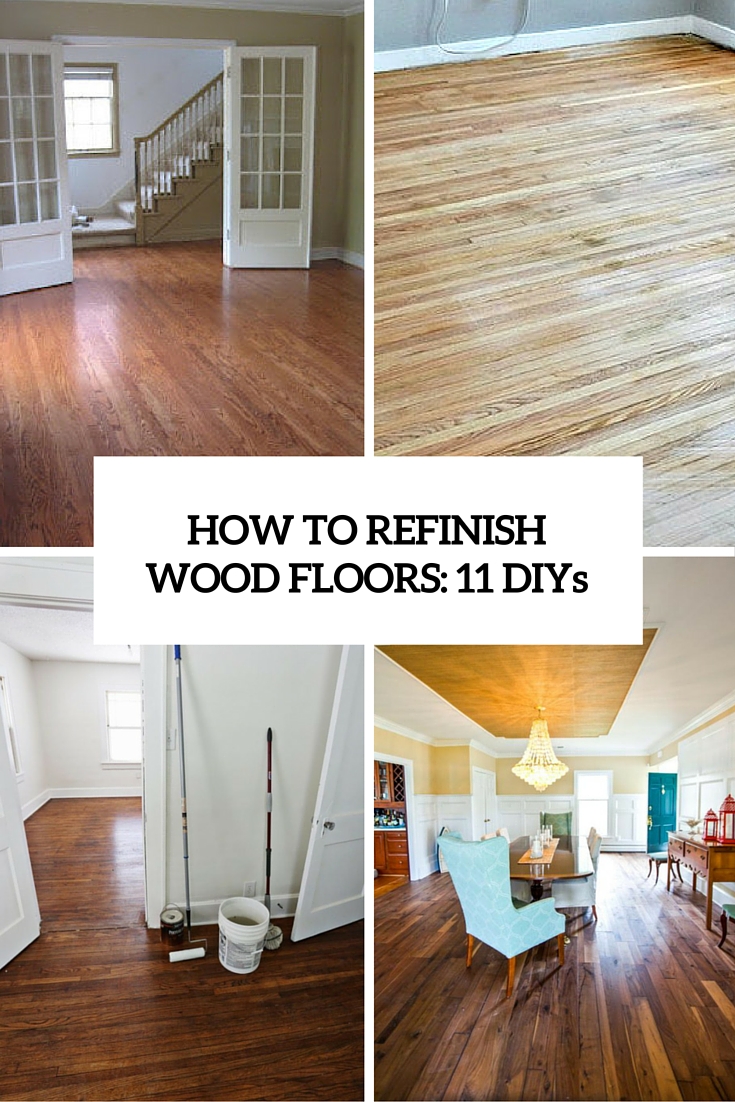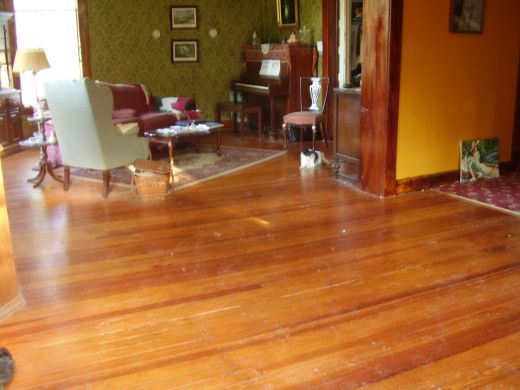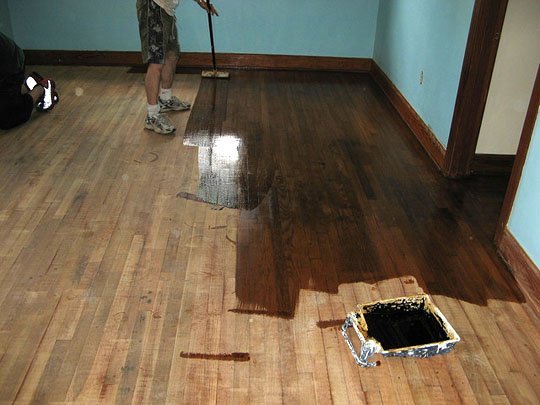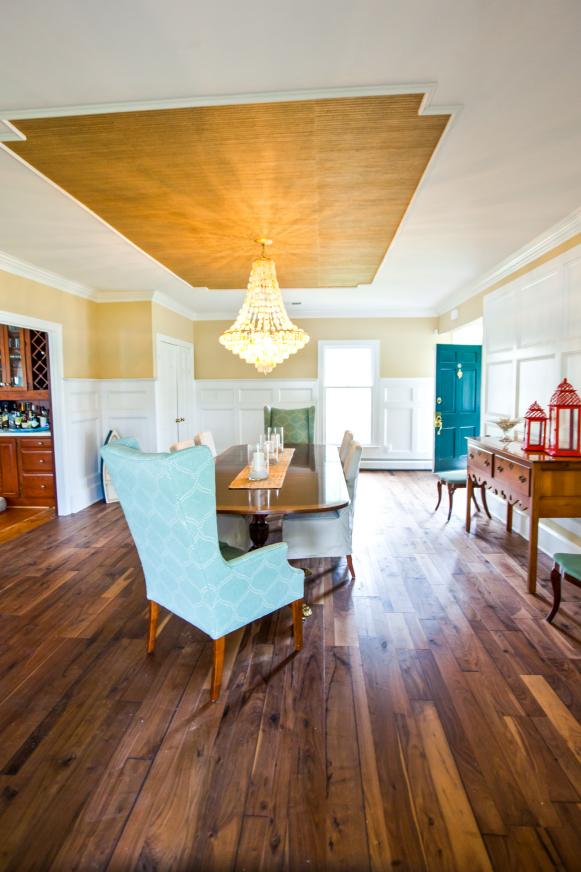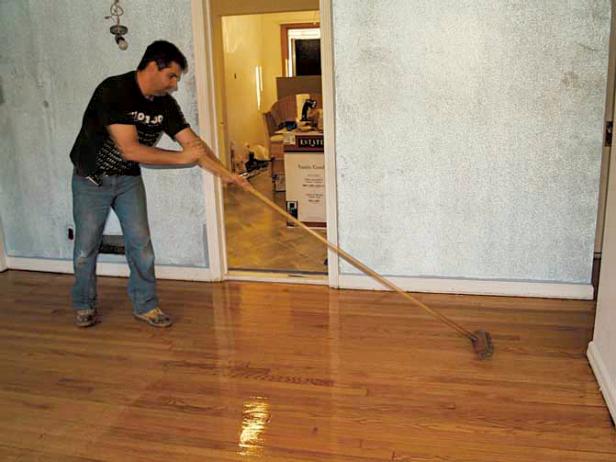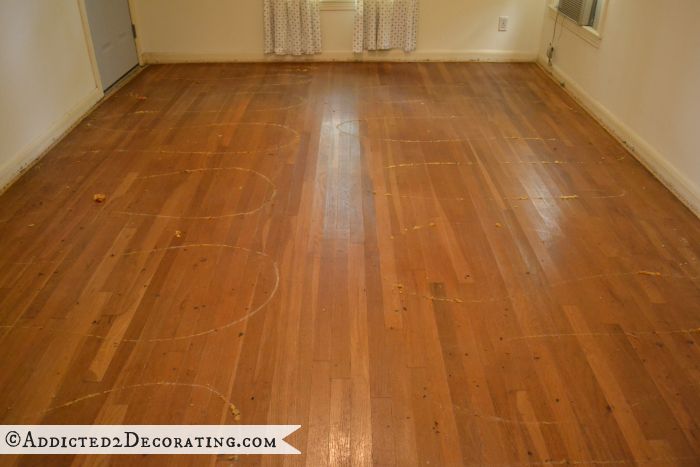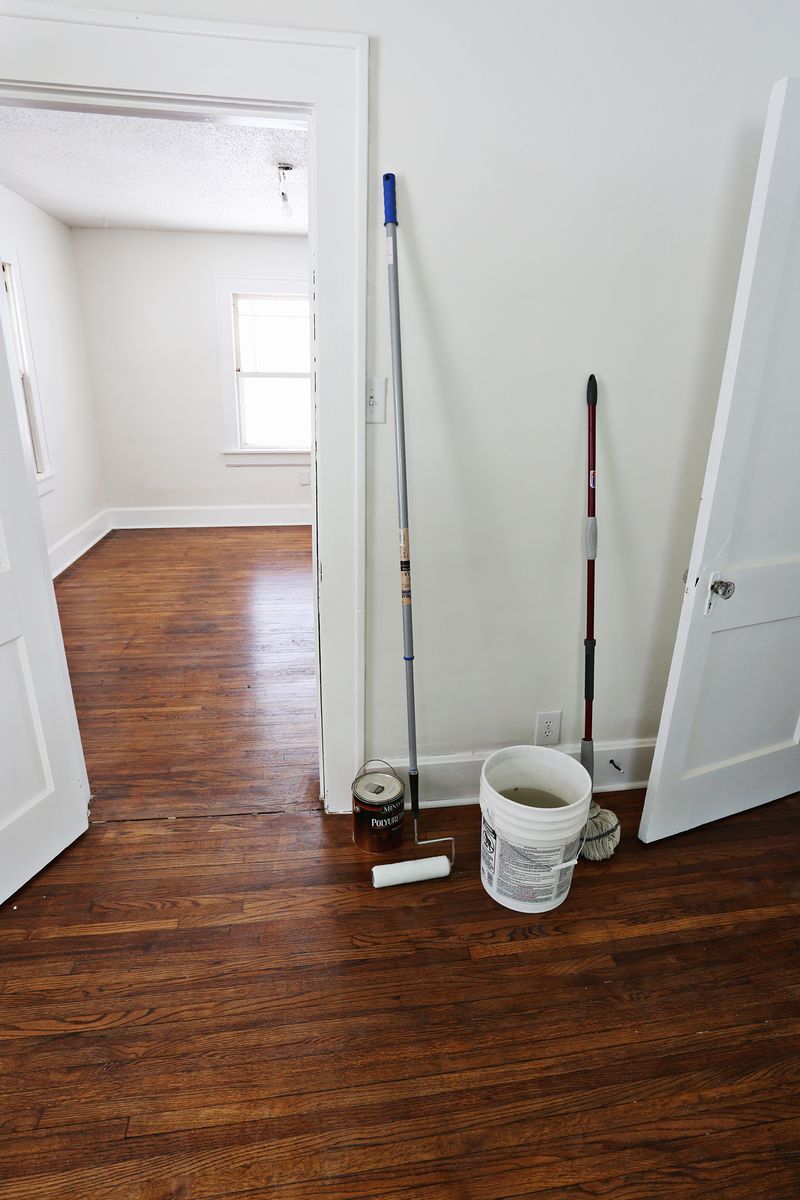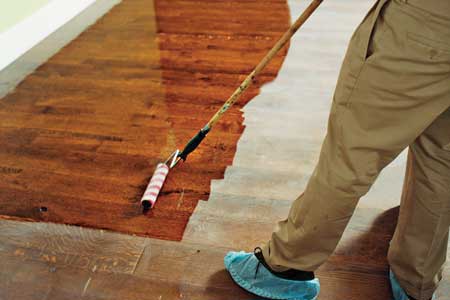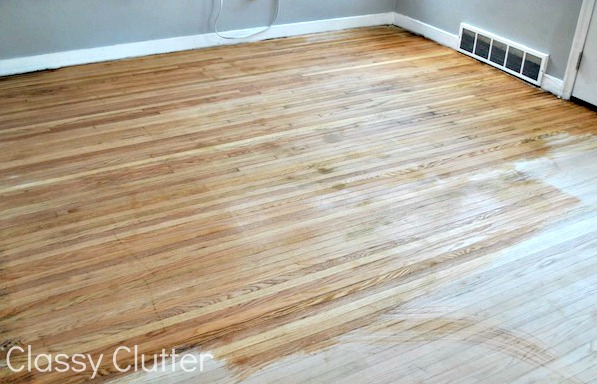Do you have some gorgeous wood floors that have seen a bit of abuse? Have they been hiding under carpet for years? Some recent floors may be made of an engineered wood, and these cannot be refinished, either. Getting them professionally refinished is the easiest way to give them a facelift, but you will pay a pretty penny to do so. Refinishing a wood floor yourself is a tedious job but something that can be done by the average homeowner.
The first step is to figure out exactly what type of wood is on your floors. Most wood floors will be made of a hardwood like oak or maple. Some will be made of heart pine, a soft wood that is found in many old homes. Heart pine and maple are harder to refinish than oak, but they can be done with careful consideration to their unique characteristics.
Now let’s sand them. Random orbital sanders are the best choice for DIY floor refinishers. They take longer to remove old finishes than drum sanders, but they do not require a lot of experience to use and are less likely to damage your floor. With a random orbital sander, you can move with or against the wood grain. If nail heads are beginning to show then the wood is too thin to sand. Be very careful with sanding as if you make a mistake, it’ll show. However, a refinished floor can bring beauty to a room like no other project.
When you’ve finished sanding, remove all dust by vacuuming and wiping the sanded areas with tack cloth. If you find a stray hair embedded in dried polyurethane and you still have at least one coat to go, lightly sand over the hair with a very fine abrasive. Carefully dig out the hair with a pin or fingernail, if possible. Then resand with the same very fine abrasive, taking care not to breach the stain layer. Upon recoating with poly, the hair mark will all but disappear.
There are a couple of ways you can finish the floor. The most obvious ways are to use either a water based or oil based polyurethane stain. After you decide what you will be applying it is time to apply the stain. Use a high quality natural bristle brush or foam applicator to cut in along the edges and corners. Be careful about dripping and layers that are too thick. While the finish is still wet, blend in any brush marks with a lamb’s wool or foam applicator.
A sealer coat is not normally needed, but if your floor takes stain unevenly, it will help ensure even stain coverage. Test for this by applying stain to an area that will not be visible once furniture is moved back into place. It is important to apply the sealer evenly.
Read the tutorials below to find out more details.
How to sand hardwood floors (via diynetwork).
DIY wood floor refinishing (via https:).
DIY wood floor refinish (via apartmenttherapy).
DIY hardwood floor refinish (via hgtv).
How to refinish wood floors (via diynetwork).
DIY refinished hardwood floors (via addicted2decorating).
DIY hardwood floor refinish (via bobvila).
How to refinish wood floors (via abeautifulmess).
How to refinish wood floors (via thisoldhouse).
How to refinish wood floors for cheap (via classyclutter).
DIY hardwood floor refinishing (via huffingtonpost).
